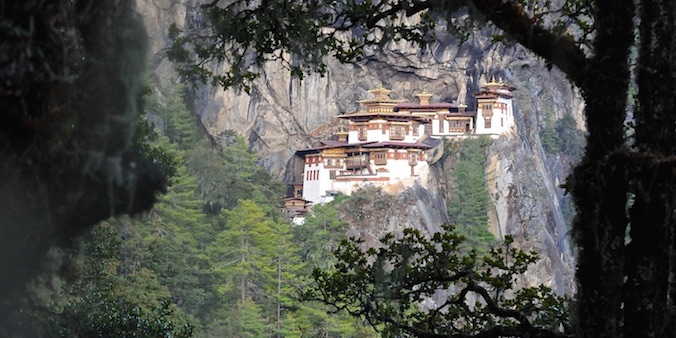Birds of Bhutan & Northeast India
Tour - 25 days
About Assam and Bhutan
Assam is the only state in north-east India that is almost entirely low lying. It consists largely of the flood plains of the Brahmaputra, one of the largest untamed rivers in the world. The climate is fantastic for rice cultivation, all kinds of tropical crops, bamboo cultivation and fish farming.
Assam is relatively densely populated. The legal part of the population consists of at least 35 million people on an area of 78,000 square kilometers (similar to Czechia, a bit smaller than Austria).
Read more…Read less
Assam is home to some very special and spectacular wildlife, including the Indian one-horned rhino, the clouded leopard, the red panda and incredible variety of colorful birds. Many of the birds are large and can be seen easily, especially in Kaziranga N.P, such as the greater adjutant stork, the black-necked stork (both as large as a 12-year old child), pelicans and the great hornbill.
Bhutan has one of the highest biodiversities of all countries in the world, and thanks to a far-sighted government and a Buddhist, generally animal-friendly population, it’s natural heritage ranks among one of the best protected in the world as well. Thanks to a very strict protection of its forest, more than 65% of the forest is still intact. Moreover, 31% percent of its surface is protected in national parks and corridors (highest in the world, cf. India 3%). Though its size is barely more than the Netherlands, about 770 species of birds have been recorded in Bhutan (that’s 50% more than in the whole EU). The kingdom is recognized as the habitat for 221 globally endemic birds. Their habitats range from some of Himalaya’s most extensive and least disturbed tropical forests to cool broad leaved and towering evergreen forests of fir, hemlock and spruce.
Though mammals typically are found in lower densities than at the fertile plains of the Brahmaputra, they can also be found throughout large parts of the country, not just in protected areas.
Read more…Read less Apart from all the mammals that can be seen in nearby Assam, Bhutan has some specialties, such as the tahr goat, the ghoral (also a mountain goat) and the takin, the national animal of Bhutan. The takin looks like a cross between a moose and a cow. Bhutan is possibly the only country in the world where the tiger and elephant population is increasing. It also has 150-200 snow leopards, though these can only be seen at high altitudes.
The country is bisected by a well-maintained and paved road and as traffic in Bhutan is very light, one can enjoy the scenery and observe birds and wild life almost anywhere, not just inside the protected areas.
Region
Assam (India) & Bhutan
Best Time
March/April &
Nov/Dec
No. Of Days
22 days
Trip Character
Jeep tour,
wildlife/ birding tour
Sleeping Altitude
100 - 2900 m
Price
INR XXX/ $ XXX
ABOUT THIS TOUR
On this tour, you’ll visit two very different but adjacent areas, the Northeast of India and Bhutan. Northeast India is one of the most biodiverse places on earth and particularly rich in birds. The kingdom of Bhutan is a birder’s paradise in its own right, due to its well conserved ecosystems and extensive range of altitudinal stages.
You’ll start at Guwahati, the capital of Assam (India), and then visit Nameri National park, where the rare wood-winged duck and the ibisbill can be spotted, and the even more bird-rich Eaglenest Sanctuary, where not so long ago a new bird species, the Bugun liocichla, was discovered.
After that, you’ll cross the border to Bhutan and travel up through forest-covered mountains to the isolated town of Trashigang. You’ll visit the nearby national park of Sakteng, home to some semi-high altitude species.
Then, traveling westwards you’ll cross three passes and three national parks as well. Some highlights of this trip will be Yonko La where an amazing array of birds lives in the forested mountains, and the Chele La, where there are good chances of seeing Himalayan monal, blood pheasant en collared grosbeaks.
You’ll also get the chance to see some of the cultural highlights of Bhutan, such a Trashigang Dzong, Punakha Dzong and the temples of Bumthang Valley.
YOUR custom-made TRIP
The tour described here, as well as the other ones on our website, are mainly meant as suggestions. We would be happy to offer you a travel proposal that fully meets your personal demands and expectations. That means that you choose where you want to go, what level of accommodation and type of transport you want and what activities you prefer.
Please let yourself be inspired by this and other trips on our website and then drop us a line (or call us) to explain your travel wishes. We will be happy to help you put together the perfect trip. You can reach us over e-mail, Messenger, Whatsapp or mobile phone.
EXTENSIONS & VARIATIONS
Apart from the tour as described here, you could consider the following add-ons and changes:
- Spend two nights at Dirang, in order to see highland species, as well as visiting nearby Sangti Valley where black-necked cranes spend the winter.
- Spend a few days more at Mancotta Tea estate in Dibrugarh, to fully unwind and relax before (almost return home).
- Spend days at Kaziranga National Park, at the beginning of the tour. It is situated 5 h driving east of Guwahati. Apart from spectacular large wildlife such as elephants and tigers, Kaziranga boasts of 500 bird species. Kaziranga has 4 different ranges, parts of the park that each have their own character in terms of landscape and chances of seeing different species. You need at least 2 days to see them all.
ITINERARY
-
.fa-info {color: #1146a9;}.fa-info:hover {color: #387dff;}Day 1: Delhi / Kolkata ✈︎ Guwahati
On arrival in Guwahati the local guide and driver will receive you. In the afternoon we visit the famous and colorful Kamakhya Temple, dedicated to the Hindu goddess Shakti, as well as an island in the middle of the mighty Brahmaputra. Altitude 55m. -
Day 2: Guwahati - Nameri National Park (5 h)
Today you will be transferred to Nameri N.P., in the foothills of the Himalayas. Overnight is in a comfortable tented accommodation, directly outside Nameri National Park. Evening walk on the banks of nearby Bhorelli river. Altitude 55 → 110m. -
Day 3: At Nameri
Early morning we go inside the park to look for birds like merganser, Pallas’s fish eagle, lapwings, cormorants, ruddy shell duck, kingfishers and perhaps the elusive white-winged wood duck and the Great Indian Hornbill. After lunch we do a 2 hour (easy and safe) rafting trip on the Bhorelli looking for ibisbills, wild buffaloes and wild elephants. Altitude 110m. -
Day 4: Nameri N.P. - Eagle Nest Wildlife Sanctuary
Again we go inside the park to look for birds. After lunch we drive to Eagle Nest Wildlife Sanctuary in Arunachal Pradesh. Altitude 100 → 2430m. -
Day 5 - 8: In Eagle Nest Wildlife Sanctuary.
Eagle Nest Wildlife Sanctuary rises from 500 m to 3500 m altitude and hosts one of the finest birdlife assemblages in Asia. Ward’s trogon, wedge-billed and rufous-throated wren-babblers, rufous-necked, great and wreathed hornbills, black-necked crane, beautiful nuthatch, emerald cuckoo are some of the most sought after birds. It is especially known for the Bugun liochichla, a bird that was discovered only in 1995. Four days will be spent at different locations in this beautiful sanctuary doing short rides, walks, and birding trips. Altitude 1940 - 2800m. -
Day 9: Eagle Nest - Orang National Park (5 h)
We drive down to the Assam plains, and continue on to Orang N.P. The park is sometimes referred to as mini-Kaziranga. In the afternoon we follow tracks inside the park looking for birds and large mammals. Altitude 2430 → 60m. -
Day 10: Orang N.P. - Samdrup Jongkhar (Bhutan)
Today's drive leads through the Brahmaputra floodplains. The landscape is a mix of small hamlets, rice fields, ponds and rivulets, tea plantations and forest remnants. There should be time for some bird watching on the way. At the Indo-Bhutanese border, the Bhutanese driver and guide will receive you and take you to your hotel in Samdrup Jongkhar. Altitude 60 → 170m. -
Day 11: Samdrup Jongkhar - Deothang (1 h)
After an early start we'll drive up to the sub-tropical forest above Samdrup Jongkhar looking for a spectacular range of exotic bird species that you will not find elsewhere. Overnight in camp. Altitude 170 → 870m. -
Day 12: Deothang - Narphung (2.5 h)
After first birding around our lovely campsite, we continue our drive to Narphung. Most of the day will be spent birding in superb forests with amazing birding opportunities. Overnight in camp. Altitude 870 → 2000m. -
Day 13: Narphung - Trashigang (2,5 h)
We will rise early to begin birding in cool broad-leaf forests of Narphung, before continuing on a scenic drive with spectacular mountain views and tiny hamlets to Trashigang. You will encounter many exotic bird species on this journey. Altitude 2000 → 1150m. -
Day 14: Trashigang - Lingmethang (4 h)
You leave Trashigang early and drive to Chazam. After the little village of Yadi, you pass corn-fields and broad-leaf forests with birding opportunities before Kori La Pass (2,298m), the main birding ground. Crossing the pass, you descend through the fern-lined rhododendron forests, where you stop to bird again. After, you continue to Mongar and to the sub-tropical forests around Lingmithang. Overnight in camp. Altitude 1150 → 750m. -
Day 15 & 16: Yongkola region
Today and tomorrow will be spent birding in the upper Yongkola region with its breathtaking, protected pristine forests that affords you the ultimate birding opportunities. In this birding hotspot, considered one of the great birding roads of the world, you can find some of Bhutan’s most prized bird species. After, you descend to Yongkola camp to explore the rich, subtropical, broad-leaved forests where you encounter an awesome range of bird species. Altitude 1800m. -
Day 17: Yongkola - Sengor (1.5 h)
This morning, you will again bird in the upper Namling Road, looking for birds you may have missed. After lunch, you will drive towards Sengor, another stunning journey, and bird along the Namling Road, a prime birding location. Overnight in camp. Altitude 1800 → 3000m. -
Day 18: Sengor - Bumthang (3 h)
Since dawn is the best time to spot the Satyr Tragopan, an early rise is in order. Hopefully, you can also spot the rare Bar-winged Wren Babbler before you drive up to the high pass at Thrumshing La (3,780m). As you descend through forests of towering hemlocks, spruce, silver fir, you will stop to bird here. Further as you descend to the Bumthang valley, through Ura village to Jakar, you will bird occasionally along the route. Altitude 3000 → 2580m. -
Day 19: Bumthang - Trongsa (3 h)
You will leave early and reach Yotong La at 3,425m for optimum birding. As you drive through this area, you will see the Black-billed Magpie and the Red-billed Chough feeding in the fields of buckwheat. Reaching the pass we will begin birding till lunchtime. After, you will drive to Trongsa birding along the way. Altitude 2580 → 2150m. -
Day 20: Trongsa - Punakha (5 - 6 h) (1 h)
Another early start as you drive to Bje Zam and bird along the Trongsa – Punakha road. After a hot picnic breakfast, you continue on to Punakha. When you reach Pele La at 3,390m with its spectacular views of the Jholmohari peak, you bird there before descending to the forested valley below to bird extensively. Altitude 2150 → 1300m. -
Day 21: Punakha - Thimphu (2.5 h)
Today, you’ll reach Bhutan’s capital Thimphu. You will have half a day to explore this very relaxed and pleasant little city, and sample some of the many cultural sights here, if you like. Before departure we explore the terraced fields and sub-tropical forests around Punakha. On the way, we’ll stop at Lumetshawa where you can spot the target bird for the day: Ward’s Trogon. Altitude 1300 → 3100m → 2350m. -
Day 22: Thimphu - Paro (1 h 20 min)
In the morning, you can explore Thimphu. Then we travel to paro, where we will do birding along the Paro Chhu (river). Altitude 2350 → 2250m. -
Day 23: Paro - Chele La - Paro (4 h)
An early morning departure, up through ancient forests of pine, spruce and fir before you get to Chele La (3822m), the highest motorable pass in Bhutan. Here, you have the possibility of spotting the beautiful Himalayan Monal and other exotic species. After breakfast, you continue birding in this beautiful area. In the afternoon, you return to Paro where you stop by the Pa Chhu, where camouflaged amongst the glacial stones, Himalayan riverine species such as the Ibisbill can be seen as it dips in the snowmelt, searching for food. Altitude 2250 → 3900 → 3900m. -
Day 24: in Paro, walk to Tigersnest
Today you do the well-known hike to legendary Taktsang Goemba, better known as Tiger’s Nest. It is 2.5 h walking up and 1.5 h down, but the magical little temple is worth it. In reality, we’ll spend the whole day as we’ll meet a lot of birds along the trail as well. Altitude 2250 → 3120 → 2250m. -
Day 25: Paro ✈︎ Delhi / Kolkata (flight 2.5 h)
A morning flight takes you from Paro to Delhi (or Kolkata, Kathmandu, Bangkok), hopefully with wonderful views of the Himalayas. If you have asked us to arrange accommodation and transfers in Delhi you will be picked up from the airport by our driver.
HIGHLIGHTS OF THIS TOUR
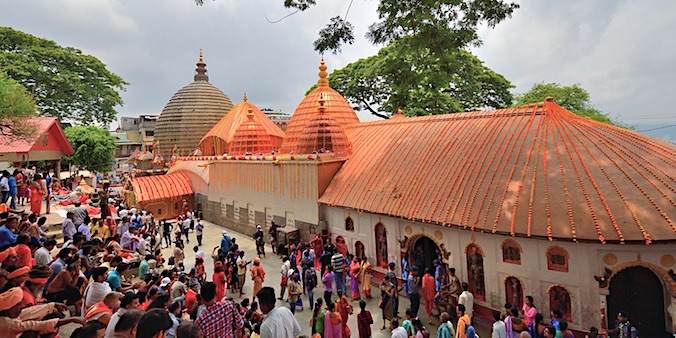
Guwahati
Nameri National park
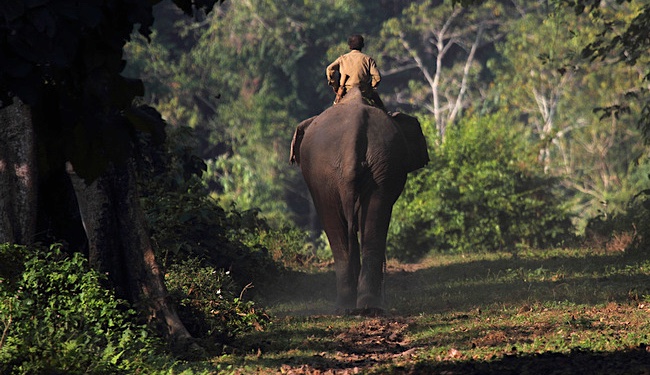

Eagle Nest wildlife Sanctuary
Orang National park
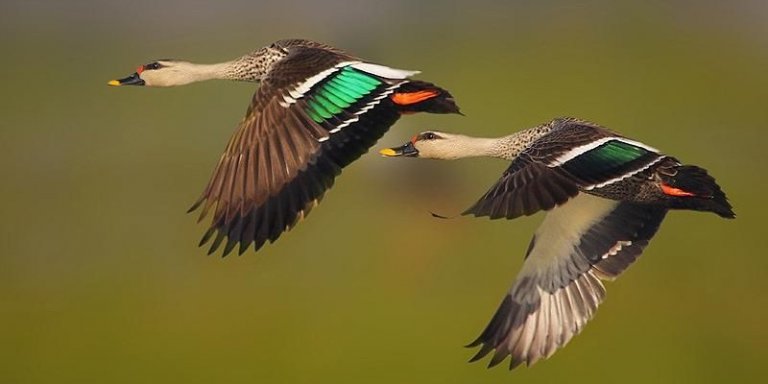
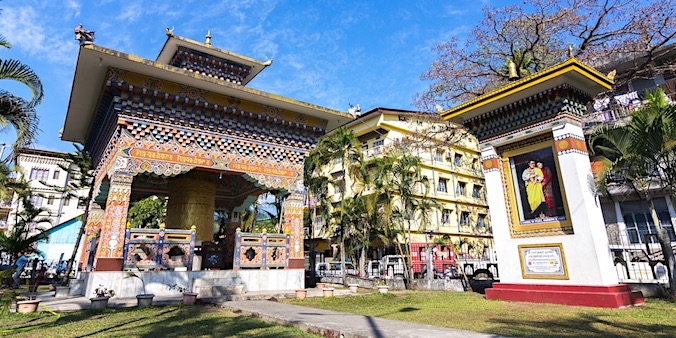
Samdrup JoNGKHAR
P.M.
BIRDING S. JONKHAR - DEOTHANG
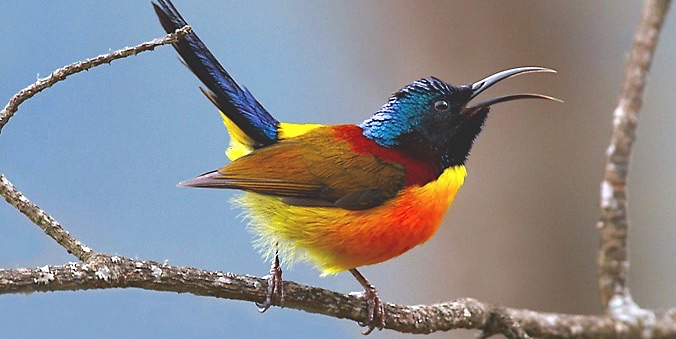

BIRDING DEOTHANG - NARPHUNG
BIRDING NARPHUNG - TRASHIGANG
Today you’ll go up and down through the same altitudinal belt as yesterday. You may see yellow-billed blue magpie, grey treepie, eurasian jay, large-billed crow, maroon oriole, long-tailed minivet, yellow-bellied and white-throated fantails, ashy and black drongos, blue whistling thrush, long-billed thrush (rare), ultramarine, slaty-blue, little pied and white-gorgeted flycatchers (the later is rare), large and rufous-bellied niltavas, spotted forktail, common stonechat, white-tailed nuthatch, fire-capped, green-backed, black-throated and rufous-fronted tits, striated, mountain, black and red-vented bulbuls, aberrant bush warbler, rufous-throated and spotted wren babblers, red-billed leiothrix, green-tailed and Mrs Gould’s sunbirds, russet tree sparrow,olive-backed pipit, maroon accentor (rare) and Tibetan siskin.

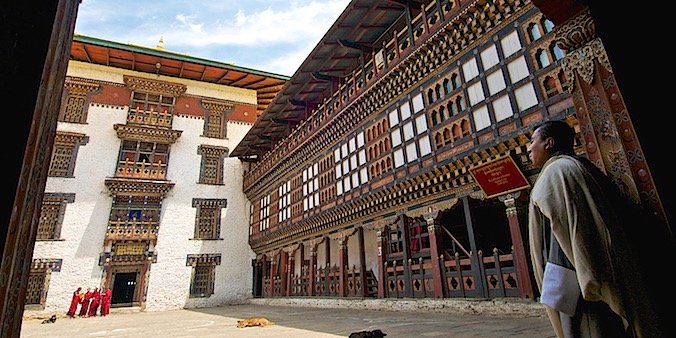
Trashigang
BIRDING at LINGMITHANG

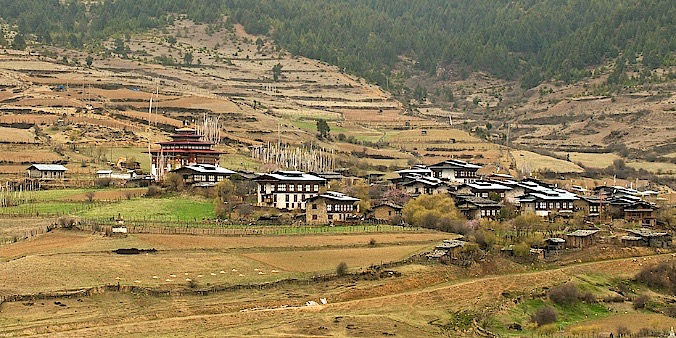
Road Mongar - Bumthang
The route from Mongar to Bumthang is one of the most beautiful road stretches in Bhutan. If not before, you will definitely appreciate the endless forests that cover the mountain slopes, speckled with tiny hamlets of farmers homes in forest clearings. On the way, you cross the 3780m high Thrumshing La, pass, where you are in the middle of a national park where tigers live. Some of these tigers have even been seen on the pass! Before you reach Jakar in Bumthang, you can visit the beautiful village of Ura with a striking temple. It lies at an altitude of over 3110 m and is therefore one of the highest villages in Bhutan where permanent agriculture is practiced.
BIRDING at YONGKOLA
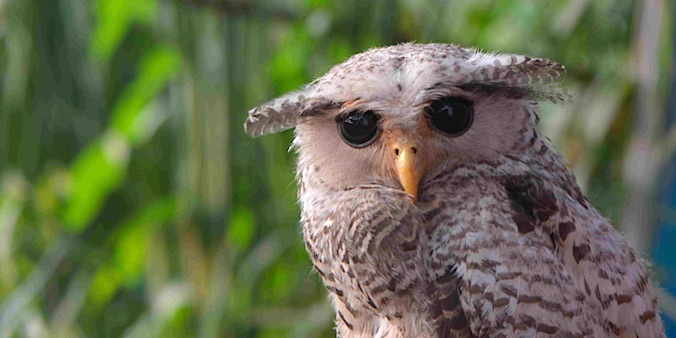

Bumthang
Trongsa Dzong
Trongsa is a small trading town with a very strategical location, halfway between East and West Bhutan. In the past, it was very important, which large and very elongated dzong. This castle monastery lies high above the valley and was in the past very important for the penlops (district heads) who controlled trade and other traffic between East and West Bhutan. The road ran straight through the dzong so that it was easy to levy taxes on merchandise or to arrest undesirable elements. The current royal dynasty of Bhutan comes from this region and it is still customary for a heir to the throne to work here as a penlop before taking up the highest office.
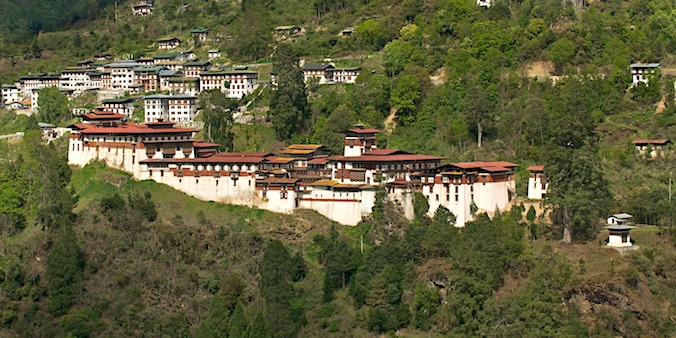

Punakha Dzong
Birding at Punakha
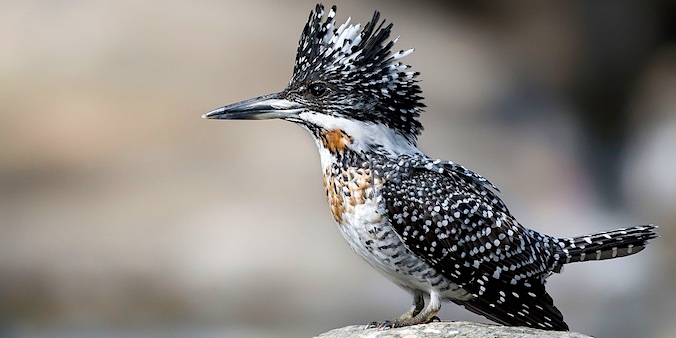

Sights of Thimphu
BIRDING near the PARO RIVER
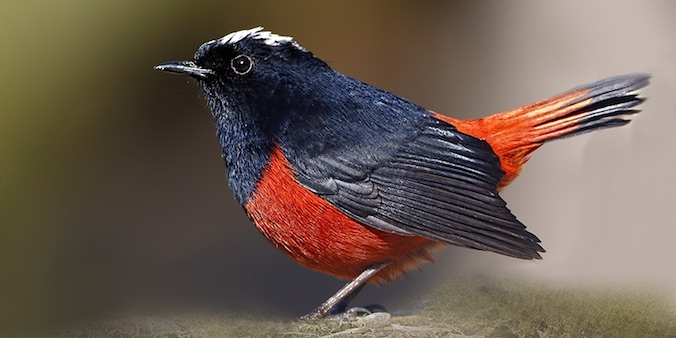

BIRDS and VIEWS AT the Chele La
Bhutan’s highest motarable pass, the Chele La (3990m), is easily accessible from Paro The narrow road creeps up through magnificent forests of enormous cedars, spruces and larches, as well as tree-high rhododendrons (blooming in April-May). Once up, weather permitting, you will be treated to beautiful views of the Himalayas, especially Mt. Jhomolhari (7329 m) right on the Tibetan border. Chele La gives us also easy access to alpine meadows and dwarf rhododendron scrub above the tree line. Here, we may encounter the beautiful Himalayan monal, blood pheasant, Himalayan griffon, kalij pheasant, spotted, black-faced and chestnut-crowned laughing thrushes, white-collared blackbird, grey-backed shrike, blue-fronted redstart, snow pigeon, spotted nutcracker, orange-flanked bush robin, alpine accentors and the beautifully coloured white-browed rosefinch.
TakTsang Goemba (Tigersnest)
